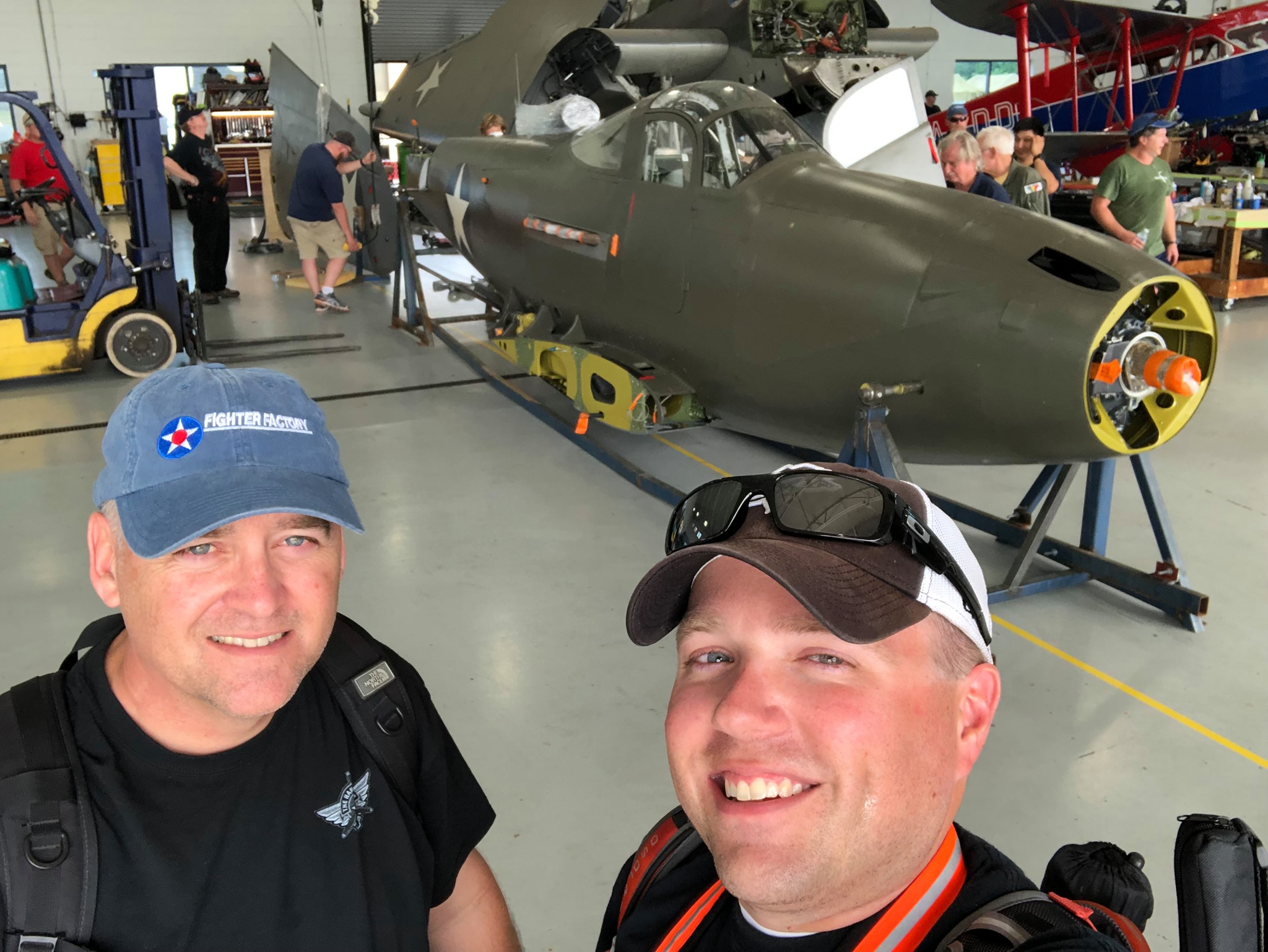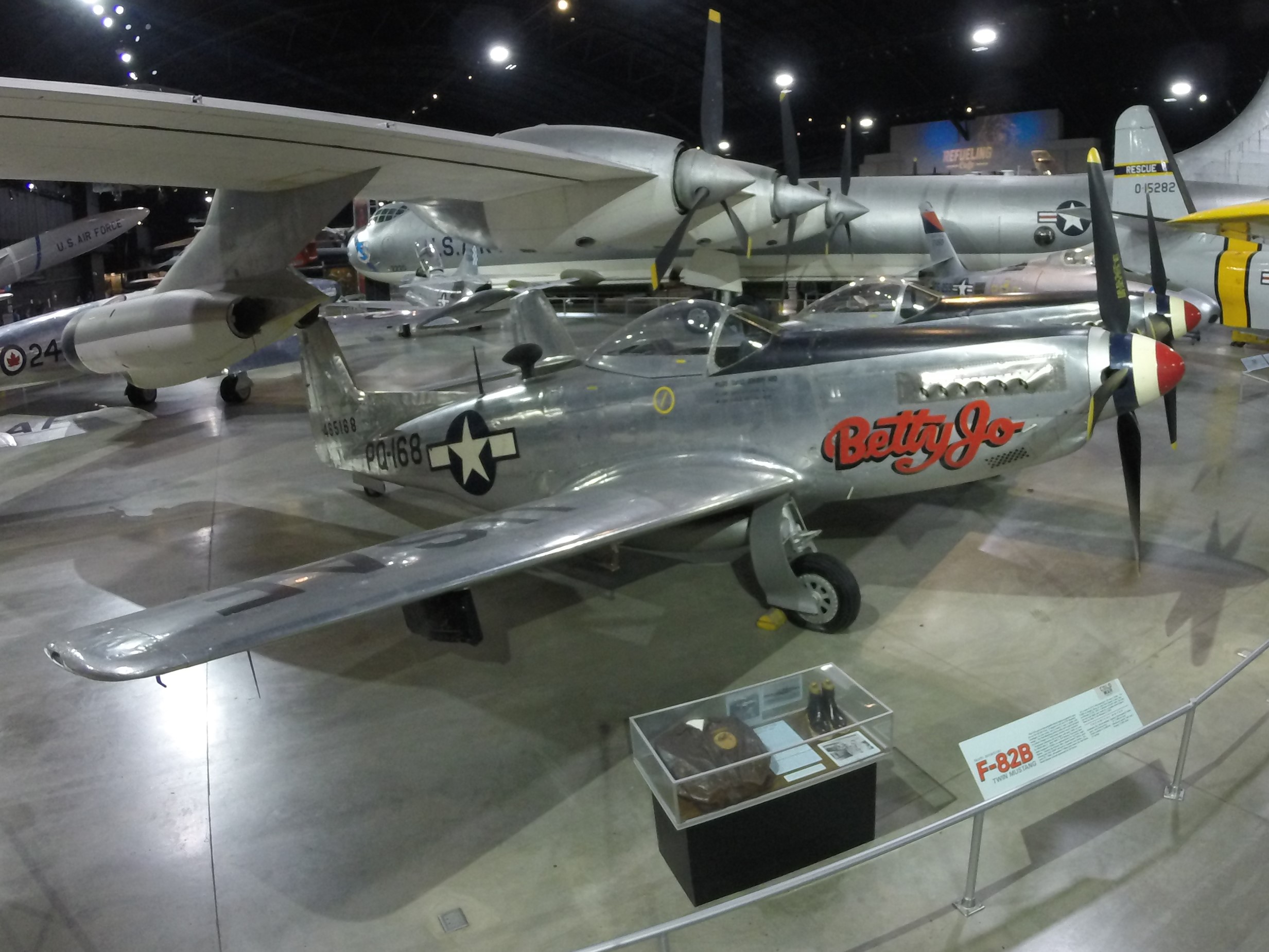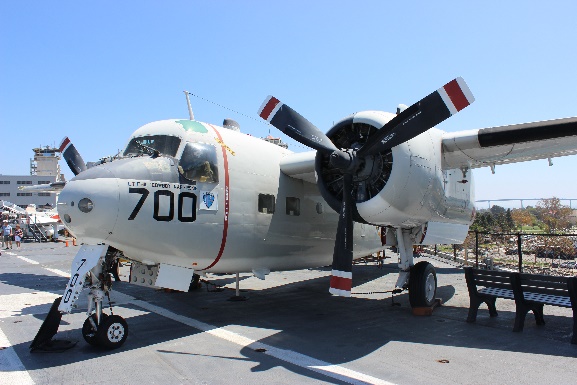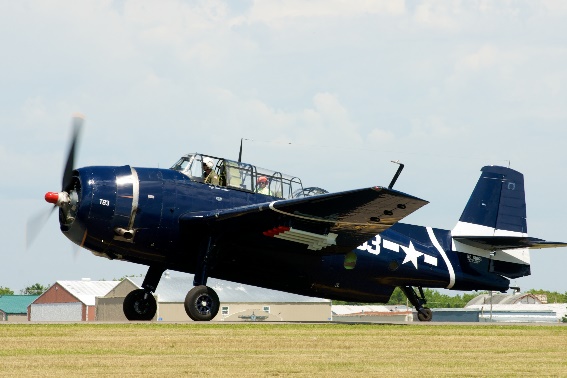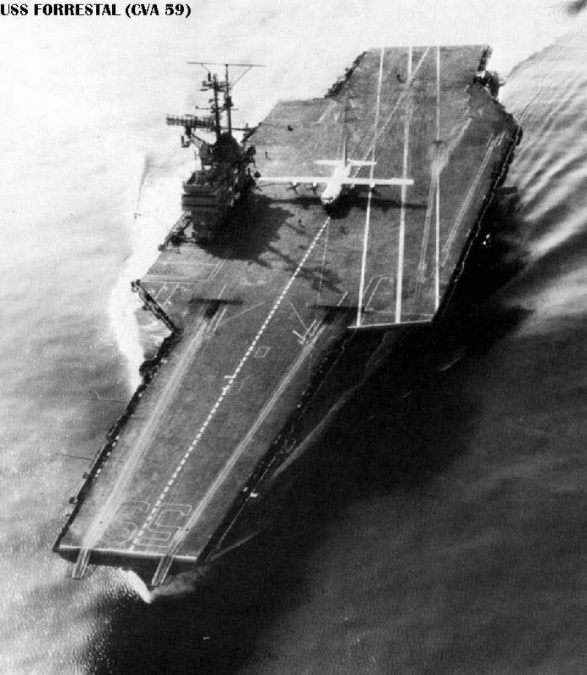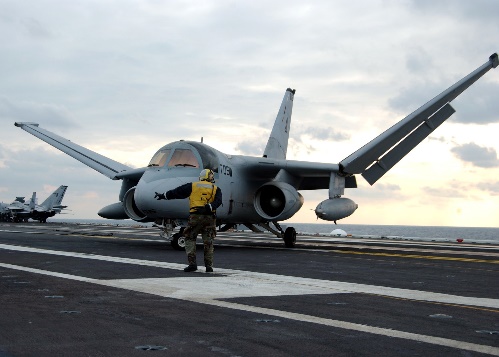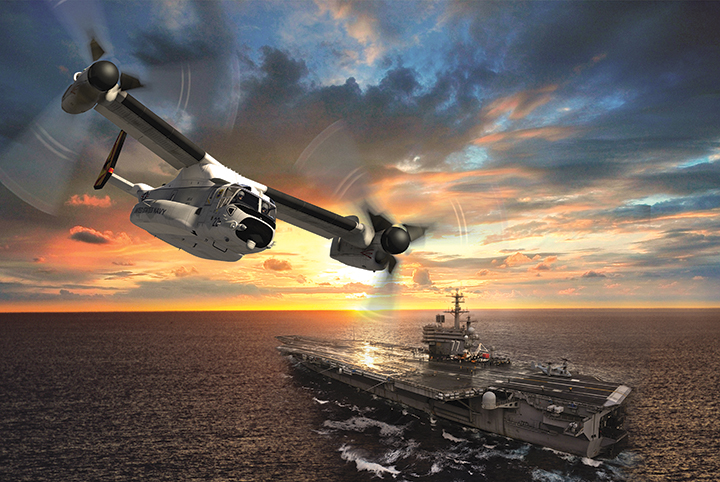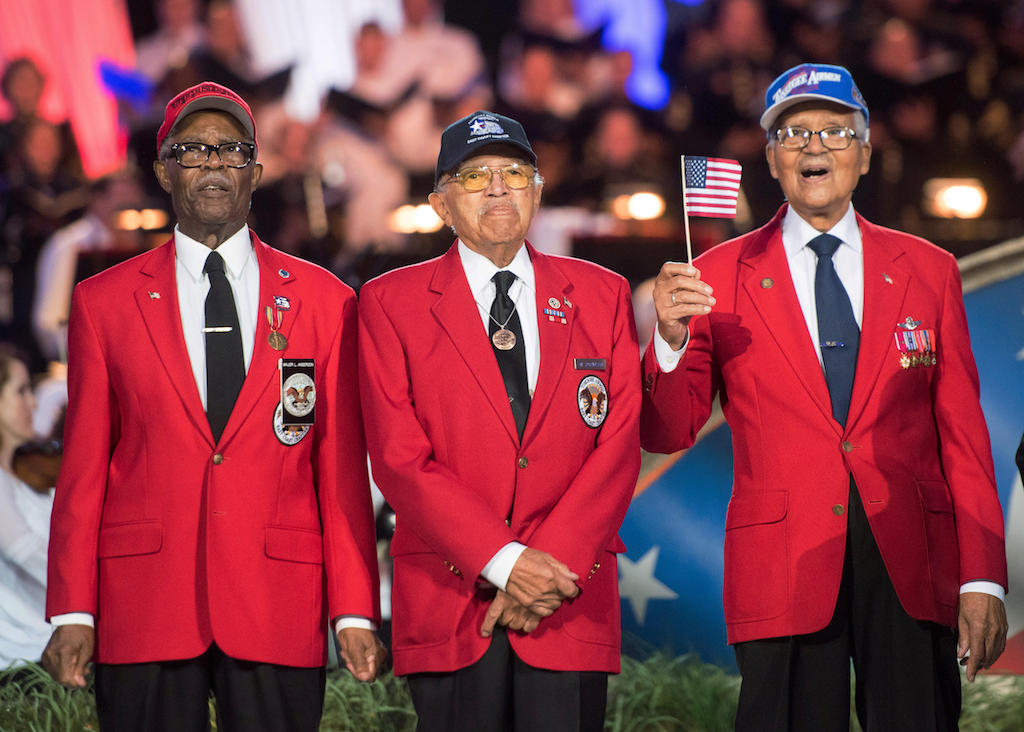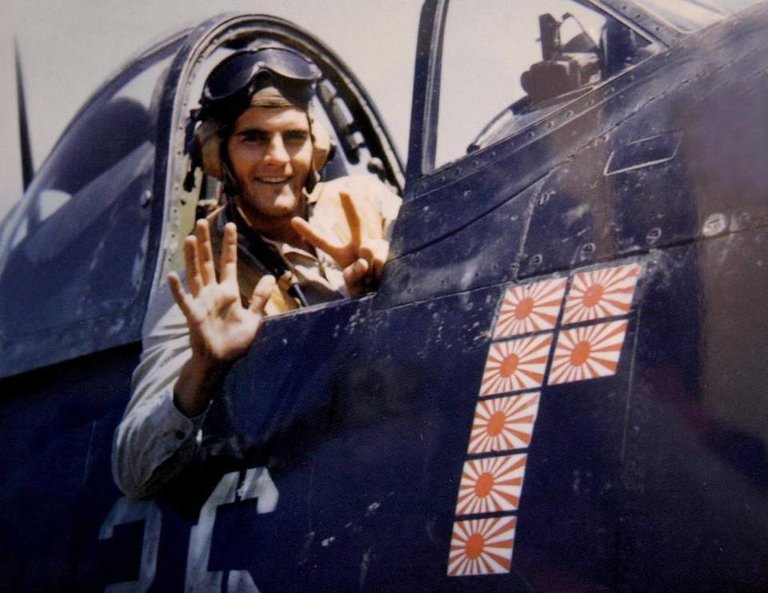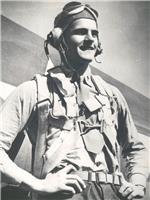and so, I begin, but first, an oft-told story to refresh the history behind this subject:
When the British Aircraft Purchasing Commission came to North American Aviation in 1940 and said, in so many words, "build us many P-40s for the RAF, under license from Curtiss, because Curtiss cannot provide enough of them, quickly enough." The UK's Spitfire and Hurricane output was not keeping up with the RAF’s increasing need for fighter aircraft. They'd had experience with P-40s and wanted more, but Curtiss could not supply extras for them, because they were busy building them for the US Army Air Corps. The leadership at NAA believed that they could design and build a better aircraft. They had been working on a fighter – or “pursuit” - aircraft for over six months, so they had something to “start with” along these lines. In response to the request, in April 1940, NAA promised a "sample" to the Brits within 120 days after they accepted NAA’s design which had not yet begun. Once the design was accepted, it took NAA a little longer than 120 days for their new aircraft to be test-flown. This was because even thought the airframe was completed days ahead of schedule, NAA had to wait for GM to free-up an Allison V-1710. These engines were all destined for P-38s, P-39s and P-40s at that time. The Brits were already familiar with NAA’s excellent AT-6/SNJ trainer, called the "Harvard" by the RAF, as well as the B-25 Mitchell medium bomber, so they were aware of the quality of NAA's work. The RAF therefore did not need to approve construction methods, quality, etc at each phase of design, engineering, testing, etc. They needed fighters and they needed them ASAP! They agreed to pay up to $40,000 per unit and this was before the Lend-Lease Act so money was a concern for the Brits. As many warbird aficionados already knew, (and is mentioned above) for what it’s worth, I’ve read that the folks at NAA, for some time, had been playing with the idea for a sleek, single-engine fighter with an “inline” engine.
In aircraft terminology if cylinders, regardless of the number of banks, ran basically front-to back in a straight line, they were referred to as “inline engines,” which to automotive folks, usually means a “straight 8” or “straight 6” but not a V8 or a V12, but I digress).
Since this RAF aircraft that Dutch Kindelberger and his chief designer, Edgar Schmued, was not being built for a United States Army Air Corps (USAAC) or Unites States Navy (USN) military contract in the US, NAA did not give the aircraft an official name during its design, building, and test flights. NAA did not even use an official name, even after the British received first shipments of their beautiful little fighter aircraft and, had named it “Mustang Mk I.” Those first group of Mustangs supplied to the RAF were referred to by the NAA designation of “NA-73” – more about that designation system later. The second group, identical to the NA-73 except for replacing the “tubular” exhaust stacks with “flared” exhaust stacks, was designated as “NA-83.”
Only the USAAC had to give approval for NAA to provide an aircraft for a foreign power. On documents, engineering drawings, etc., NAA designated all their new designs and significant changes to existing NAA designs as "NA-" followed by a number (and occasional a suffix letter) that was, as far as I know, sequential by date. This number was therefore, based on all aircraft design/modified before that particular aircraft. For instance, the prototype B-25 was called "NA-40" by NAA, and follow-on NAA aircraft were designated “NA-41,” “NA-42,” “NA-43,” and so on. For examples of just how this “NA-number/letter” designation was used, consider this: an interim model of the B-25D was designated “NA-100” and in NAA’s numbering sequence, “NA-99” was none other than the P-51A. There were also other in-between NA numbers on interim models of the B-25…and we also see this in what is going to be called the “Mustang Family,” which is a term I use simply to help me talk about a disparate group of aircraft that basically were all derived from the same prototype. Specifically, the different members of this family go from NA-73 and, of course, the prototype, NA-73X up to NA-126 which was the P-51H. Of course, as just mentioned, other NAA aircraft had “NA-” designations in this range, so there were not over 50 different versions of aircraft in the Mustang Family!
OK, all that said, the prototype aircraft built for the RAF order was finished basically on time, and it flew, performing very well. It was test-flown by NAA test pilots. I mention this only to document that once again, no military pilots were involved in flying NA-73X, as stated in various reliable sources. Once again, note that NAA, with NO official name for this beautiful little fighter, simply called it "NA-73X" - the "X" suffix meant prototype in this instance. It did have an NAA Construction Number, and a civil registration “Tail Number,” NX19998, but according to some references, it had no serial number, since it was NOT for use by any branch of any military service. Yes, there was a crash of this aircraft when setting up for a landing after the 5th test flight, but it was traced to pilot error (the pilot failed to switch from an empty fuel tank to one that still contained fuel). NA-73X was one hot little ship, was the conclusion of NAA’s test pilots who flew it. For a historical note, there are two different versions of what happened to the aircraft after the crash. Some say that it was scrapped right away, but the more believable ones, based on NAA documentation, state that the prototype was rather quickly rebuilt, and test flown several times, starting several months later. Also, not related to the A-36A name story, there was also a second airframe with a wing, a “static prototype,” if you will, designated something like “XX-73X or “XX-73.” I’ve seen, in writing, each designation once, so either or both might be “iffy”. That static airframe/wing was used for testing the strength of the wing itself and the wing-to-fuselage attachment setup.
By the way, as briefly mentioned above, the USAAC, or the USN had to "approve" the sale of any aircraft to a foreign country, making sure that it would not be detrimental to the US national security - which only makes sense, then, and today.
The Brits liked the design and received a few production "samples" (it is believed that the number was three NA-73s, Serial Numbers AG345, AG346 and AG347). NA-73X, it’s noteworthy to repeat, still had no name at that time. North American called them simply by their NAA model designation, "NA-73.” The RAF gave it the name "Mustang.” It was the first operational version of the Mustang, so they followed their system of following the name with a “Mark Number” – it was therefore "Mustang Mk I" or "Mustang I." It is worth mention that Roger Freeman, in his “Mustang at War” book, tells the story about where, it is believed, the Brits got the name “Mustang.” He says it’s from this popular song from a few years earlier:
The USAAC had, while evaluating whether they would approve its sale to a foreign government, looked at the performance, armament, range, etc of the aircraft. Remember: none of their pilots, only company pilots had flown NA-73x or any of the NA-73s. The USAAC was somewhat interested. So, they requested, and received, two NA-73s (said to be the 4th and 10th production models) for them to try out. These were designated by the USAAC as the “XP-51."
There is actually new information that says that the two USAAC “sample” NA-73s were not actually part of the British allotment but sort of “factory samples, with only NAA “Construction Numbers” and no actual serial numbers so, in this article, the mention of the “fourth” and “tenth” NA-73s produced as of this late date, may not be accurate and it doesn’t affect the purpose of this article, so we’ll let it slide.
One of these, SN 41-038, believed to bee the fourth NA-73 built for the RAF, resides in the EAA Museum in Oshkosh. In 2002, I saw it the first night I was in Oshkosh for the whole week of AirVenture 2002. I never had time to return to the Museum, so photos of 41-038 were never taken by me, much to my chagrin. I remembered it as we were leaving Oshkosh. By the way, the 2nd sample to the USAAC was given the USAAC serial number, “41-039.”
In 2017, the folks at Pacific Fighters rebuilt the Frankenstang, “Polar Bear,” to very closely resemble the second XP-51 prototype and and it still retains a D-wing with a doghouse intake that is more like the A-36A and P-51A [THIS divergence from “correctness” was for safety reasons – one of the builders told me in an online message], but is otherwise very close to SN 41-039. It is beautiful, regardless, as rebuilt by Pacific Fighters. “Polar Bear” was part P-51A, part P-51D and who knows what other parts came from other Mustangs. The USAAC liked NA-73, basically the aircraft as supplied to the RAF. The Mustang Mk I, was armed with a .50 Cal Browning Machine Gun (BMG) in each wing, with two .30 Cal BMGs “outboard” of the .50 Cal in each wing. There were also two .50 Cal BMGs in the nose, firing through the prop arc.
It is noteworthy to mention the Brits were fans of 20 mm cannon in the wing of aircraft that would be intended to chase, catch, and shoot down enemy bombers.
They wanted their “samples” to be thusly equipped, but due to a supply problem, NAA was unable at the time to get any cannons to install in the Mustangs, so the mix of .30 and .50 Cal BMGs were substituted. NAA therefore remembered the Brits really liked the idea of 20 mm cannons in aircraft, and upon receiving a supply of these 20 mm cannons, the aircraft’s wing was adapted to accommodate two of these rather large cannons (canted to clear the height of the receivers of the cannons) in each wing (and no nose guns or other guns of any kind). Modifying the inside of the wing structure was the only modification to the basic NA-73/NA-83 Mustang Mk I. The resulting aircraft was designated NA-91 by NAA. The RAF called it "Mustang Mk IA." The NAA test setup was adopted in the production NA-91s, so the armament was changed to "only" four 20 mm Hispano cannons, two in each wing. It’s worth noting that from NA-73X until the last P-51Ds were built by NAA in California and Texas, the wing’s thickness was never changed. I mentioned this because so many references have the wing being “thickened” by NAA for the D/K models to allow for the .50 Cal BMGs to be stood up instead of canted as on previous wing installations of the same BMGs.
Only the inside structural parts of the wing had to be changed, but the external wing shape and profile never changed. The USAAC, which became the USAAF about this time, liked what they saw and they repossessed 57 of the 150 NA-91s that were built. This occurred around the time of the attacks on Pearl Harbor. Now these aircraft were official USAAF (I'll call it "AAF" after this) aircraft, an official designation and name was assigned. The “P-51 Apache" was the designation/name combination given by the AAF to these cannon-armed warbirds. The British had already given the name "Mustang" to that line of aircraft, so the RAF stuck with their name. In an almost-unique "turn," the AAF and NAA ultimately changed the official name of the Apache to Mustang, but not yet at this point in the story.
Something that is new to me is reportedly, the RAF had issues with the 20 mm cannons installed in the NA-91 by NAA. I believe they were Hispano-Suiza 20 mm cannons built under license by Oldsmobile and the RAF replaced these 20 mm cannons with an improved cannon that utilized the same 20 mm ammo and is reported that this replacement performed well and jammed less.
Also, according to Robert Grinsell, author of “P-51 Mustang” (with artwork by Rikyu Watanabe), for the NA-91 aircraft to be “lent” to the UK under the terms and requirements of the Lend-Lease Act, which became law in 1940, that aircraft provided had to be one that was “in use” or “supplied” to a member of the US Armed Services, and the “P-51 Apache” designation and name came about to fulfill that requirement. Furthermore, the aircraft had to have US military serial numbers too, and this requirement was also met. I do not know how much of that is true but it’s interesting and would make sense. Maybe I’ve read it before and did not remember it?
As an aside, the AAF official designation-name of the cannon-armed aircraft was the "P-51 Apache" with no suffix letter after the "P-51."
You'll see photos of these beauties in books and on the 'net and they're all-too-often called P-51As, and this is inaccurate because the P-51A did not come along until 2 Mustang variations later. Nearly all these cannon-armed P-51s were later equipped with K-24 cameras and became photo-reconnaissance aircraft. And yes, unlike photo-recon P-38 Lightnings (F-4/F-5 designations in AAF), which had their cameras in the nose where, normally, its guns “lived”, thereby leaving no room for the Lightning’s four .50 Cal BMGs and its 20 mm cannon, the photo-recon "Apaches" retained their 20 mm cannons and therefore, could shoot with cameras and/or cannons! How's that!
In the US, the official name of the NA-91 aircraft, from both NAA and the AAF, remained "Apache" until mid-1942, when they both officially changed it to "Mustang." Not really associated with the A-36 issue, but for informational purposes since the role of the P-51, as it existed in the AAF inventory, was not a pure pursuit/fighter role, the photo-recon version officially became the P-51-1-NA after the addition of two K-24 cameras, to differentiate if from the P-51 (no suffix). Shortly after the change of designation, because normally, photo-recon aircraft had an "F" prefix, the AAF designation was then changed to the "F-6A” designation.
Ray Wagner, in his book, “Mustang Designer: Edgar Schmued and the P-51,” states that the F-6A was changed to “P-51-2-NA” in October 1942. I’m not 100% sure about that, but it’s OK. Most authors say that it was changed to “F-6A” and that it stayed that way. You need a score card to keep up with NA-91!
What happened to the two P-51s that did not get converted into camera ships? They became the prototypes for the P-51B and were designated “XP-51B” upon completion of modifications necessary to swap out their Allison V-1710 engines with Packard Merlin V-1650 engines. Their serial numbers were 41-37350 and 41-37421. NAA gave the project the company designation NA-101. Don't get distracted – that's not the subject of this article!
The A-36A (only model ever produced was the "A" and I might use “A-36” or “A-36A” – it makes no difference – they NAA made 500 total, and did not build a prototype as such) was officially called "Mustang" (the F-6A, and subsequent models of the F-6 were also called "Mustang,” by the way) from the start. That “Mustang” name, regardless of what they had as an official designation never changed.
The NAA model designation for the A-36 was "NA-97,". The main theater of operations of the A-36, the first AAF Mustangs in combat, was in the 12th Air Force in the Mediterranean. A-36s also operated in China-Burma-India Theater, and most accounts state that they were the first Mustangs to fight in the CBI Theater. The A-36s in the Mediterranean had a great record as far as wreaking havoc on the Nazi/Italian armies. Aside from the dive-bombing the enemy, the A-36s also shot down Axis aircraft (one A-36 pilot even became an ace in the A-36). The A-36, it is worth noting, was equipped with six .50 Cal BMGs: two in the nose, as on the RAF Mustang Mk I, and two more in each wing. There were other differences (stronger wing, bombing “racks,” etc) between it and previous Mustangs (I feel “safe” in calling the whole line of the A-36’s predecessors “Mustang,” even those that were built before it had an official AAF name), but the most noticeable one was the presence of a pair of hydraulically-actuated dive brakes in each wing of the A-36 – one brake that deployed above, and one below, each wing, just outboard of the .50 cal BMGs in the wings, about mid-chord.
As an aside, the P-51A Mustang, for the score-keepers out there, the P-51A was given NA-99 as its model designation by NAA, shared the same strengthened wing and wing gun arrangement, but deleted the dive brakes and the nose .50s of the A-36, to name a couple of the external visual differences between the two aircraft.
Unrelated to the gun armaments, but directly related to the dive brakes (when deployed), the A-36 was unique among the Mustang Family in another external feature: the Pitot mast. On every other bird in the Mustang Family, the Pitot mast is L-shaped and is mounted on the underside of the right wing, well outboard of the wing guns, maybe ¾ the way towards the wingtip.
For informational purposes, but important to the reason for the type and location of the A-36’s Pitot, it’s worth mention that while all of the other Mustangs had their Pitot tube/mast assemblies located in the same location on the underside of the right wing, the mast on the production “razorback” Mustangs (all of them up to, and including the P-51C) had a longer vertical aspect of the “L,” than those of the production “bubble-canopy” Mustangs. The A-36’s dive brakes, when deployed, caused airflow issues around the L-shaped Pitot, so the resulting Pitot tube assembly on A-36s was a rather long “spear” projecting out of the leading edge of the right wing (similar to, if not the same, assembly as seen on the NAA AT-6 Texan advanced trainer), as stated above, is about ¾ of the way towards the wingtip, to allow it to give more accurate airspeed readings in “cleaner” air, regardless of the position of the dive brakes. They were either fully-deployed or retracted, with no in-between “stops”.
What the heck - here’s another bonus fact in this article: another external feature, however unrelated to the name of the A-36, but related to identifying one in a wartime photo or one of the three restored ones known to exist today. The landing/taxi light assembly consisted of two bulbs behind a single Plexiglas lens, outboard of the left wing .50 Cal BMGs. No other aircraft in the Mustang Family had their landing/taxi lights in this arrangement.
Well, we are over halfway through this article, and we are finally getting to the reason for the article!
The A-36 pilots in the Mediterranean believed that "Mustang" was not an appropriate name for this aircraft, and they pretty much always called it the "Invader" in theatre, because like they said, they were always 'invading' enemy territory.
Sidenote: Just like today's USAF pilots refer to the F-16 "Fighting Falcon" as the "Viper," the 12th AAF pilots in WWII developed their own name for their aircraft because of the role that it performed so well.
The A-36 pilots went so far as to petition the AAF to rename their A-36, the "Invader," but naturally, it was shot down because, as a great number of warbird nuts already know, the "Invader" name had already been given to the Douglas A-26 Medium/Attack Bomber another great aircraft in its own right.
So, at this point in my doctoral dissertation, and more importantly, at this point in 1940s warbird history, the name "Apache" had been a name for a US aircraft, only with the NA-91 “constellation” of aircraft from mid-late 1941, until mid-1942. This time ended before the A-36 was being built, let alone operational. I believe, from doing some research and fact-checking with Bill Marshall, that the need for an “attack” aircraft was called for by the AAF just before the "Apache" name was officially changed to "Mustang.”
Some accounts say that a modified NA-91, not a modified NA-83, was the test bed for the features that would be needed for a dive-bomber (dive brakes, strengthened wing, bomb attachment points on the underside of the wing, etc). It’s not a big deal since, as stated before, the NA-91 was basically an NA-73 or NA-83 with no .50 Cal BMGs in the nose and 20 mm cannons replacing the mix of .30 Cal and .50 Cal BMGs in the NA-73/83s. This is one of the contributors to the misnaming of the A-36 and it's rather easy to see why confusion exists, but, people who are actual historians somehow, conflated the relationship of the A-36 and the name "Apache," and this is part of the story. The only “Apache” aircraft, aside from the first name given to the NA-91 in the 1940s, was, AFAIK, given to the Piper Apache light twin aircraft that came onto the US market in the 1950s and the Hughes/McDonnell-Douglas/Boeing AH-64 attack helicopter in the 1970s.
The other part of the story is that so much of what we call “history” (this is not going to surprise anyone and is not meant to attack any person or group) is written by people who know little or nothing, or who don't really care, about so many areas of history. I’ve learned and re-learned and re-re-to the nth factor, what is called “history,” and guess what? I admit that I’ll be re-learning for a long time, if I live long enough. My coming over to this side of the A-36 argument was long in its journey and had a pit-stop in between “Apache” and “Mustang,” and that was the confusion brought on by the “Invader” name which is an unofficial nickname that we should now all know was used for a name for the A-36 during the War, but now we know why.
The production Allison Mustangs all pretty much had the same nose profile. They had a “thinner, sleeker” nose than the Merlin-engined Mustangs and had their air intakes on top of the nose, instead of underneath the spinner, as seen on Merlin Mustangs. The ones with Allisons all had 3-bladed props, too. And once again, wartime ads for the aircraft were mostly artists’ conceptions and the planes depicted during early WWII years showed aircraft that pretty much all looked alike. The “Apache” misnomer for the A-36A might have been due to an identification problem based on advertisements in magazines, etc.
For what it's worth, I've even read and heard that the name "Apache" referring to the A-36A did not show up in print until the 1950s when folks started writing more and more books about WWII. Now, you might say, does anyone who really knows stuff agree with me? The question makes me look like I’m calling myself an authority, but I am simply an “observer” with a big interest in all Mustangs!












